What to look for in everyday silverware?
You're buying silverware, but the choices are overwhelming. You want a durable set that looks great for years, but you worry about rust spots, or forks bending on firm food.
For everyday silverware, focus on three things: the material grade (18/10 or 18/8 is best), a comfortable weight that feels solid, and a smooth, well-polished finish, especially between the fork tines.
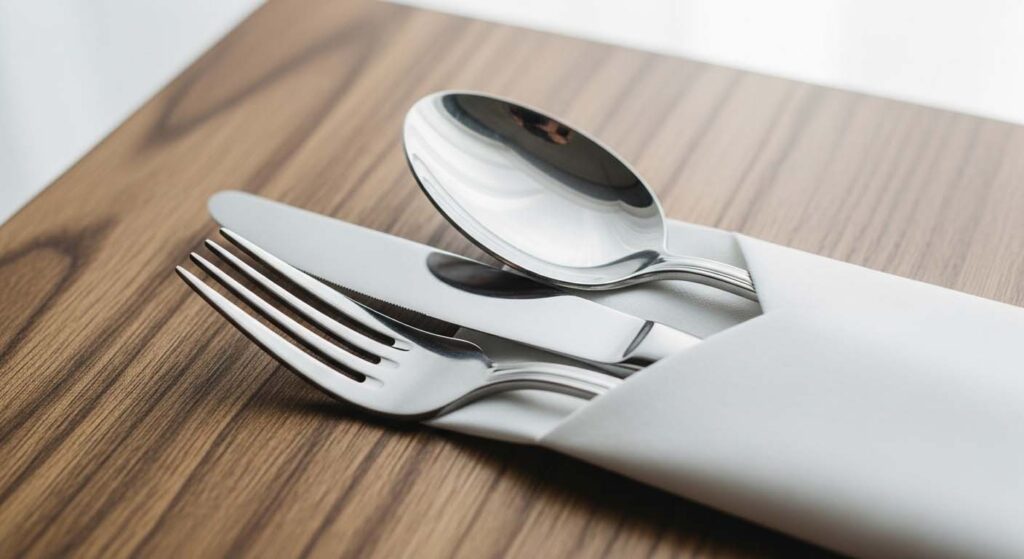
For years, I've worked with professional buyers like Jacky. He sources flatware for major brands and needs sets that can survive thousands of meals and dishwasher cycles without failing. The criteria he uses to pick winning products are the exact same ones you should use for your home. It’s not about fancy marketing; it’s about a few simple checks that separate high-quality, long-lasting silverware from the sets you’ll regret buying. Let me show you what to look for.
What to avoid when buying silverware?
You find a beautiful, shiny silverware set at a very low price. But it feels too good to be true, and you're afraid it will rust or bend within a year.
Avoid silverware with no grade stamp (like "18/10"), pieces that feel flimsy or too light, and forks with rough, unpolished metal between the tines. These are red flags for cheap materials and poor manufacturing.
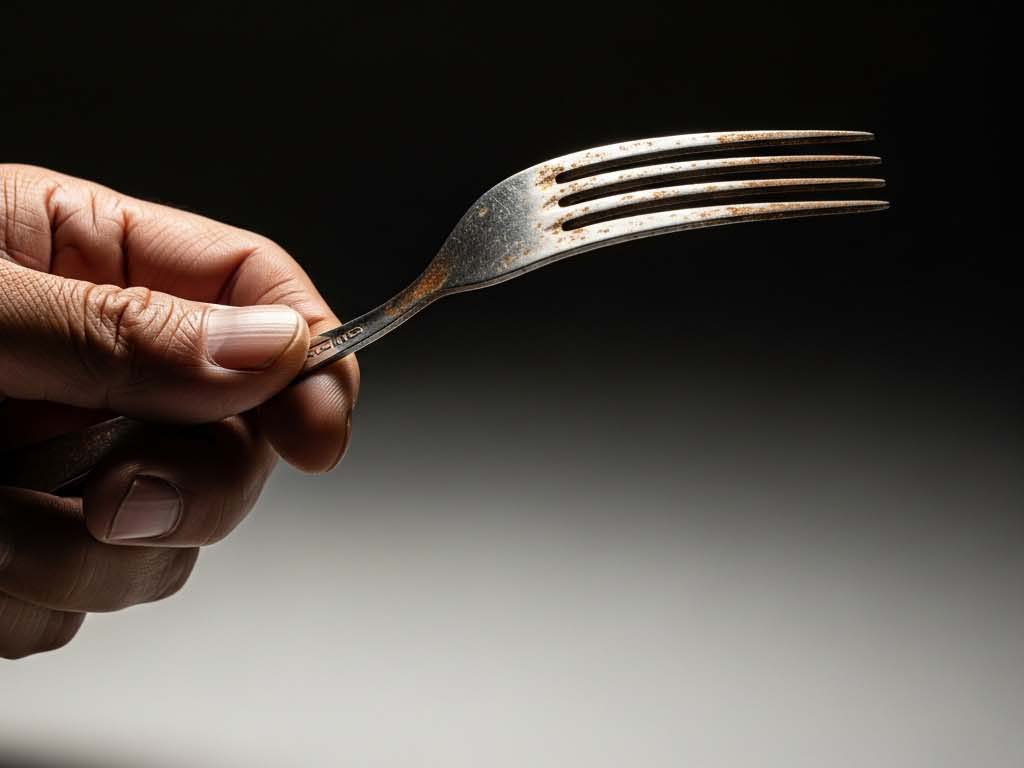
Knowing what to avoid is just as important as knowing what to look for. In my factory, we see the corners that can be cut to bring down the price, and those shortcuts always show up later. The first red flag is a lack of information. If a manufacturer is using quality 18/10 or 18/8 steel1, they are proud of it and will stamp it on the back of the handle. If there's no stamp, it's almost certainly made from 18/0 steel, which lacks nickel and is far more likely to rust. The second warning sign is the weight. Pick up a fork. Does it feel flimsy? Does it feel like it might bend if you scooped hard ice cream? That lightness comes from using thin, stamped steel, which lacks the strength of a properly weighted, forged, or thick-stamped piece. Finally, inspect the finish in the hardest-to-reach places. The area between a fork's tines is difficult to polish. If it looks rough or dull compared to the rest of the fork, it means the manufacturer skipped a crucial finishing step. Those rough areas trap food particles and are often the first place rust spots appear.
What is the best type of silverware for everyday use?
You need silverware that can handle daily breakfasts, messy dinners, and constant punishment from the dishwasher. You want a reliable workhorse that still looks good on the table.
The best type of silverware for everyday use is 18/10 or 18/8 stainless steel. The nickel content in these grades provides superior, long-lasting protection against rust and corrosion from daily washing and acidic foods.
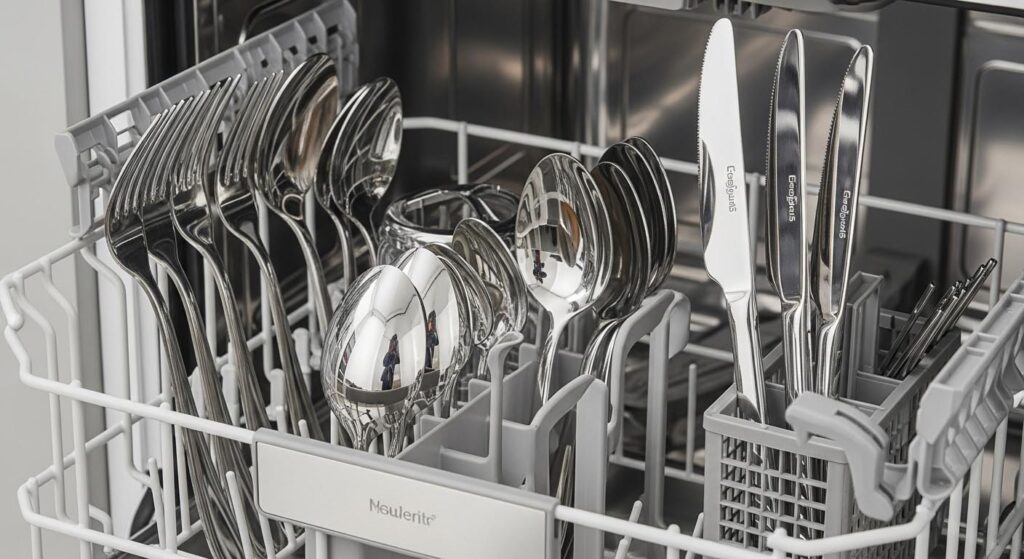
Your dishwasher is a harsh environment. The combination of high heat, powerful detergents, and lingering acidic food residue is a constant attack on your silverware. This is where the type of material makes all the difference. Stainless steel is an alloy, a mix of metals designed for strength and durability. For silverware, the key ingredients are chromium and nickel. All stainless flatware has chromium (the "18" in 18/10) for hardness and basic rust prevention. But the secret weapon for everyday use is nickel. Nickel is a tough, silvery metal that provides a second, more powerful layer of defense against corrosion and rust. An 18/10 or 18/8 set has this protection built-in. An 18/0 set does not. I once had a client who chose 18/0 for a new cafe to save on the initial cost. Within a year, he was calling me to order a replacement 18/8 set because the original pieces were covered in unsightly rust spots from the commercial dishwasher. For your home, choosing 18/10 or 18/8 is your insurance policy for lasting quality.
How do you determine which silverware to use?
You're at a nice dinner and see a confusing array of forks and spoons by your plate. You hesitate, worried you'll grab the wrong one and commit a dining faux pas.
Follow the simple "outside-in" rule. Begin with the utensils placed on the outermost edge of your setting for the first course, and work your way inward toward the plate with each new course.
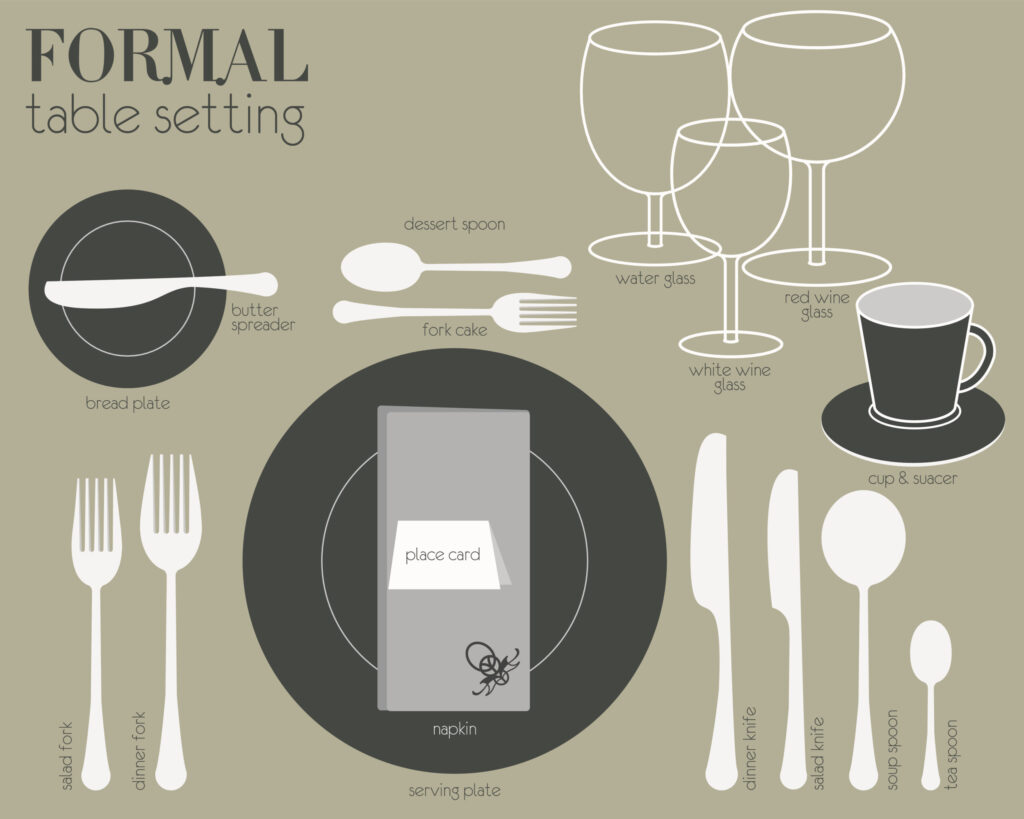
This rule is the most fundamental principle of table setting, and it's designed to be helpful, not tricky. Think of your place setting as a map of the meal, laid out for you in chronological order. The host or restaurant has placed the tools you'll need in the exact sequence you'll need them. For example, if you are served a salad first, you will use the fork on the far left (the outermost utensil). Once you finish, that fork is cleared away with the salad plate. Now, the next fork in line, the one closest to the plate, is ready for your main course. The same logic applies to the spoons on the right. If there's a soup spoon on the outside, you'll use that for the soup course. Any utensils placed horizontally above your plate, typically a small fork and spoon, are for your dessert course and will be used last. It's a beautifully logical system that, once you understand it, makes navigating any formal meal feel effortless.
Is 18/8 or 18/10 better silverware?
You're comparing two beautiful sets of silverware. They look almost identical, but one is labeled 18/8 and the other 18/10, with a higher price. You wonder if that small difference is really worth it.
18/10 silverware is technically better because its 10% nickel content provides the maximum protection against rust and gives the steel a warmer, brighter shine. However, 18/8 is also an excellent, durable choice that offers great value.
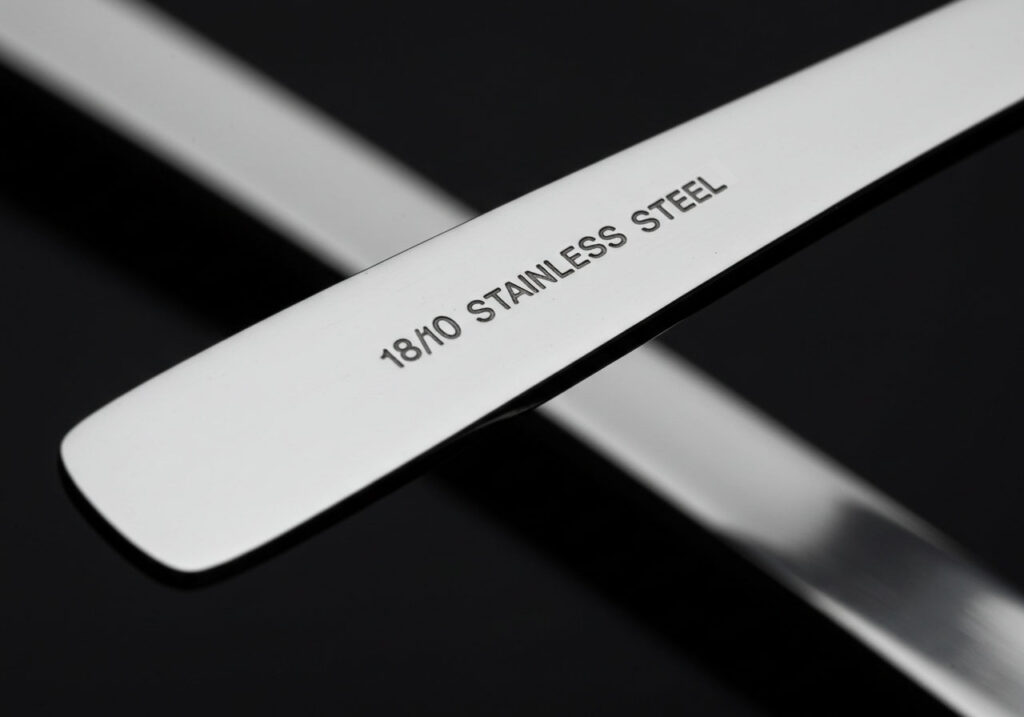
This is a question I discuss frequently with clients like Jacky. Both 18/8 and 18/10 are high-quality choices for everyday silverware and are vastly superior to 18/0. The choice between them comes down to good versus best. The number represents the percentage of chromium and nickel in the steel alloy. Both have 18% chromium. The difference is the nickel content: 8% versus 10%. That extra 2% of nickel in 18/10 flatware does two things. First, it provides the ultimate level of defense against corrosion, making it the preferred choice for the finest restaurants and anyone who wants zero compromises. Second, it gives the flatware a visibly brighter, more silver-like luster. An 18/8 set has a slightly cooler, more steel-like shine, while an 18/10 set has a warmer, more brilliant gleam.
| Feature | 18/10 Stainless Steel | 18/8 Stainless Steel |
|---|---|---|
| Nickel Content | 10% | 8% |
| Corrosion Resistance | Best | Excellent |
| Luster/Shine | Highest, warm shine | Bright, cool shine |
| Cost | Premium | Great Value |
For most homes, 18/8 offers fantastic performance and durability. But if you want the absolute best in terms of rust resistance and appearance, 18/10 is the superior choice.
Conclusion
When choosing everyday silverware, prioritize 18/10 or 18/8 steel for durability and shine. Ensure it has a comfortable, balanced weight and a smooth finish, and you'll have a set that lasts.
-
Explore this link to understand why 18/10 and 18/8 steel are preferred for durability and rust resistance. ↩
